
Click
on highlighted passages
to hear sound samples...

Bill
Mobley’s Schilke B1 Trumpet/Bach 3C mouthpiece combination
helped him execute his very personal and idiosyncratic solo conception.
Bill’s style incorporates wide intervallic jumps and slippery
phrasing that most other trumpeters do not utilize on a regular basis
. Bill's flugelhorn work with a Yamaha horn and Bach 3C mouthpiece
setup also added a nice delicacy to
some of the recording's more relaxed moments.
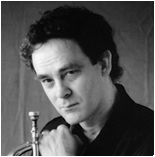
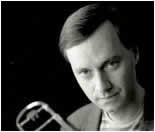
Ben
Williams’ Bach 36 tenor trombone coupled with a Bach 7C mouthpiece
helped him achieve his ebullient, full-throttle,
no-holds barred sound on his feature passages and solos on the CD.
Conversely, Ben also blended beautifully in the full band ensemble sections.
Check out Ben’s deft use of a top-of-the-line Drug Fair plunger
to give his feature spot on “Orange Circle Funk” the unhealthily
high grease content that the tune’s composer (Mike) required.

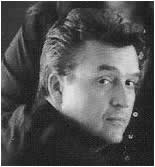
Mike Kaplan played a Conn 10M tenor saxophone (serial # 295, 000 series, circa 1941) with a Berg Larsen hard rubber 120/0 mouthpiece on the recording. The metal and bore of the horn yielded the round sound that Mike prefers. It also helped to facilitate the smoky, 3 a.m. in the morning quality in Mike’s tone and a rich subtone range. Mike also plays a Selmer Mark VI tenor sax (serial# 133,000 circa ’65) with an Otto Link Millenium (7*) mouthpiece when the mood strikes him.
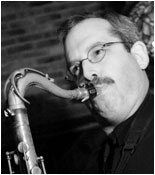
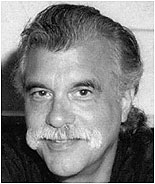
Rick
Langmaack utilized a Heritage Academy Custom guitar played through
a Music Man 210 HD amplifier (mic’d in an isolation booth) on the
recording session. This basic, no-frills setup contributed to the beautiful
clarity of sound and line in Rick’s feature spots on the CD.


Doug
Weiss’ German-made Morelli bass(circa 1905) with Thomastik
strings was captured very realistically through close mic’ing by
engineer Tom Lazarus. A good example of Doug’s deep,
resonant sound and the telepathic interplay of the rhythm section
can be heard on “Sudden Stranger”. At the other end of the
spectrum, notice how Doug’s bass also helped to
power the full 9-man ensemble from
underneath.

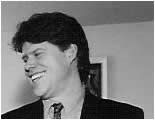
The 6 horns were in the main room along with the piano. The horns were set up in 2 rows facing each other. The Steinway piano was positioned in the room behind the row of brass (Trombone, Lead Trumpet, 2nd Trumpet). The reeds (Tenor Sax, Alto Sax/Clarinet, Baritone/Soprano Sax) faced the brass row approximately 15 feet across from it. Each horn had one mic and there were also 2 separate mics set up in the main room specifically to pick up room ambience.
Both drums and acoustic bass had separate isolation booths on opposite sides of the room. The guitar amp was also mic’d in an isolation booth, although Rick was situated in the main room.

Ben
Williams and Bob Hanlon photos ©Dennis Connors
Please visit the Smokin' Section website